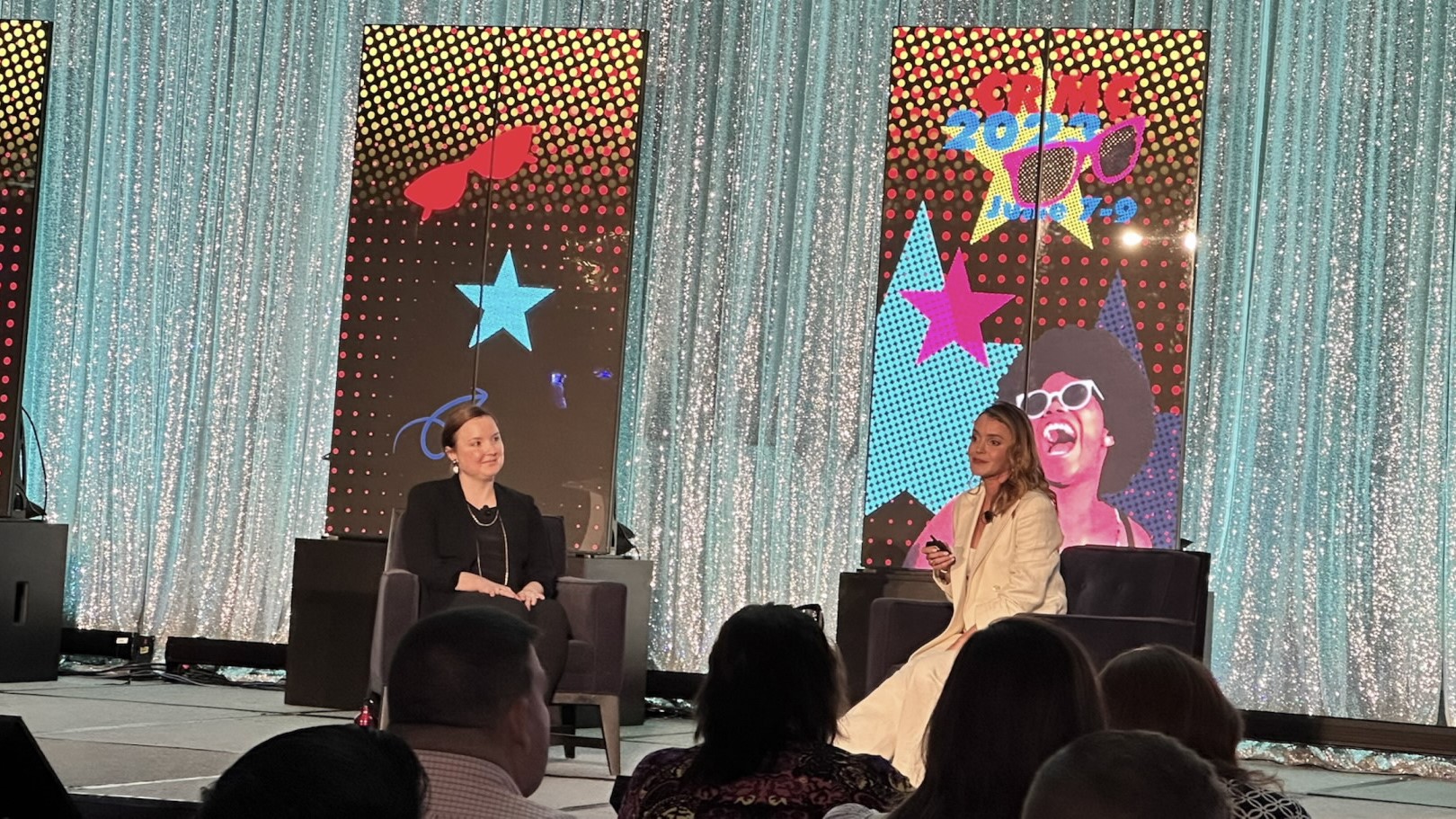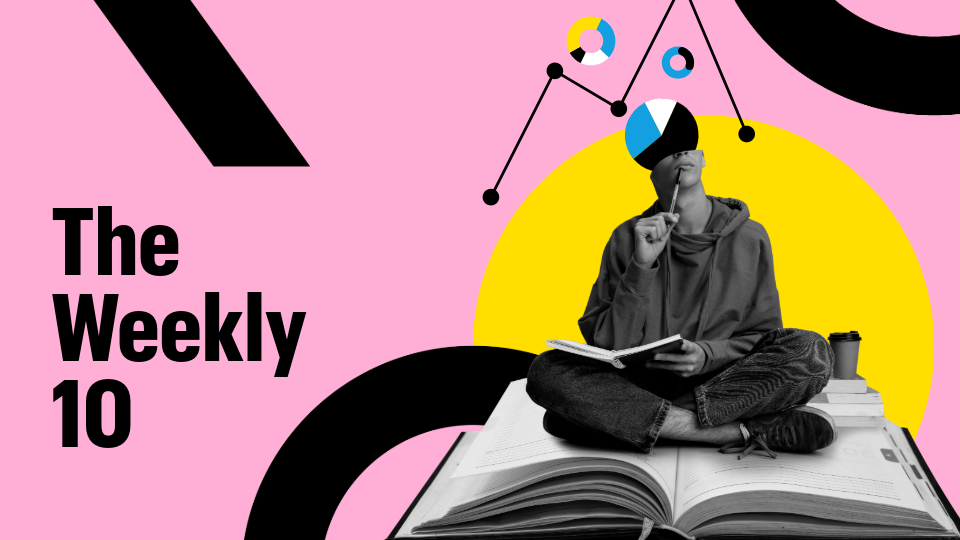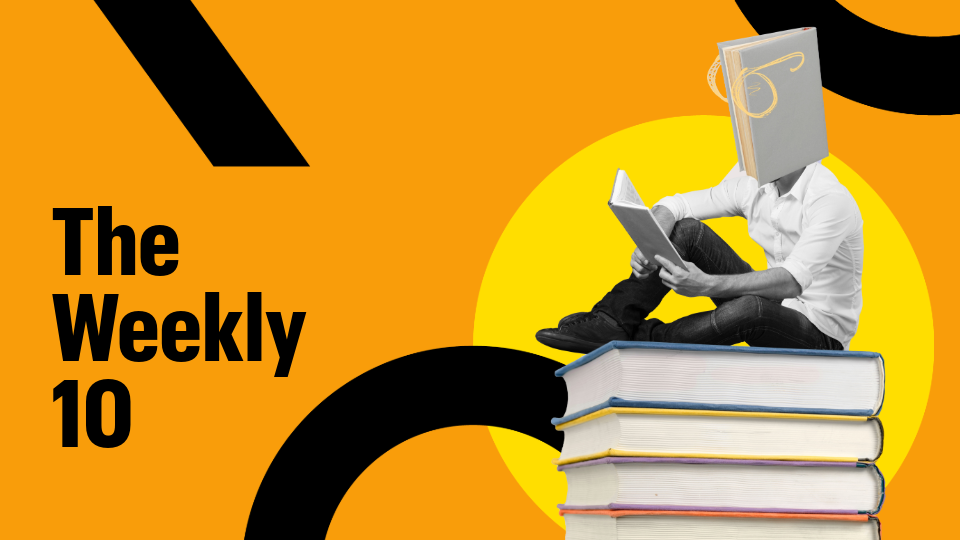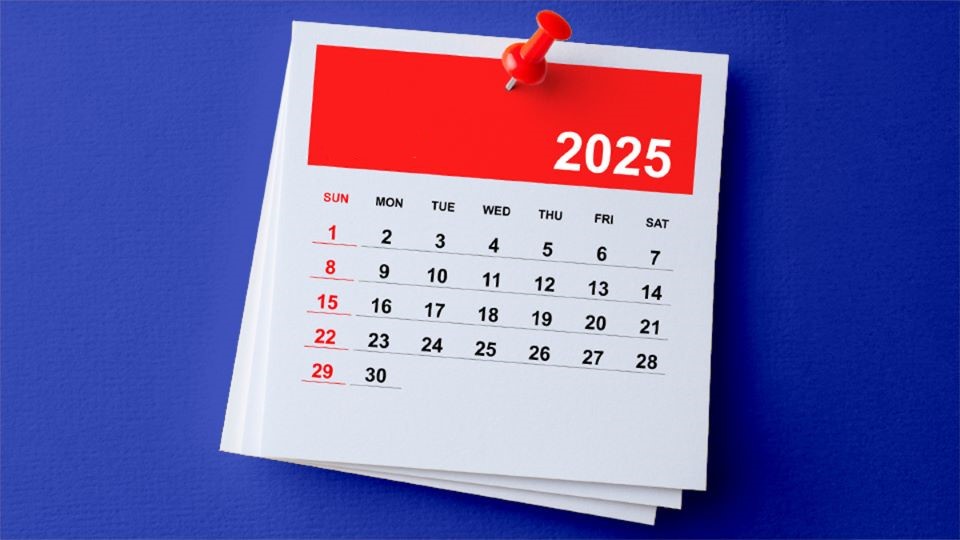From June 7-9, customer relationship management and lifecycle marketers gathered in Chicago for CRMC (Customer Relationship Management Conference) 2023. One of the great events in the retail ecosystem, the gathering is an annual opportunity for retailers and industry partners to share stories, data, wisdom and predictions.
The buzz this year was back to pre-COVID levels, and marketers were hungry for tactical takeaways (regardless of if they came from enemy camps) to implement. Here are eight of them:
1. We’re making progress toward the integration of CRM and acquisition teams
While CRMC was focused on, well, CRM, we engaged in a slew of conversations with different brand marketers on how the worlds of customer acquisition and CRM teams are colliding. As much as we’ve been talking about breaking down silos for the last decade, here’s a dirty little secret: Many haven’t made the progress they’ve wanted to — but for those who haven’t, there is still a massive opportunity.
Many CRM/loyalty teams are still focused and measured on KPIs around retaining and growing existing customer value. However, they are missing out on improving efficiency and strengthening all efforts through closer collaboration and goal alignment. They are not only sitting on an incredible powder keg of potential to utilize their wealth of data to strengthen acquisition targeting and messaging but also to engage new customers around common interests.
2. Legacy brands: some are just starting, while some already reinventing
At CRMC, we were surprised to learn that some legacy brands just stood up their loyalty programs recently. Bath & Body Works, for instance, only rolled out My Bath & Body Works Rewards nationally in August 2022, and it’s already seen an overwhelming amount of success (e.g., a member that downloads and uses the My Bath & Body Works Rewards App is twice as valuable).
Many of us are familiar with the coupons that arrive in our mailboxes from B&BW, but it turns out that some consumers thought they were being sent those offers as a loyalty perk — even before B&BW actually had a loyalty program. The net result is that a large contingent of customers were eager to take advantage of additional offers — and purchase even more — once My Bath & Body Works Rewards launched.
The conversation around loyalty programs at CRMC also included brands such as GNC that have been evolving their loyalty programs to serve not just their aging core customers, but the addition of younger generations. In one conference session, a GNC exec called out how moving from a traditional retail model to one that includes a subscription/recurring-revenue model can increase value by a factor of 8-10x.
3. AI is playing different roles at different stages for different brands
Whether it’s building audiences, creative, offers or complete lifecycle journeys, AI is playing a role, as evidenced by countless conversations at CRMC. Companies such as OfferFit have built a business on AI to optimize offers. Optimove is using AI to optimize journeys and lifecycles. And everyone seemingly uses ChatGPT in some way.
There is no doubt AI is having an impact. But there are also shortfalls on the input side — specifically, with the growing importance of social proof with younger audiences. While AI can’t contextualize the emotions for new/loyal customers, it can optimize quotes and testimonials relative to different personas.
4. Experiential marketing is growing rapidly
In many brands’ lifecycles, gamification is playing a role. At CRMC, Claudio Corti and Thomas Kirk from Adidas talked about how the adiClub loyalty program is driving engagement at scale. Adidas has found a way through its fitness-focused apps to expand community and allow consumers to earn points through “sweat equity.” The points can not only be used for experiences but can be redeemed for exclusive gear, providing an opportunity to turn fitness enthusiasts into brand enthusiasts and customers.
Elsewhere at CRMC, in the small/intimate exhibit hall, one brand had a VR platform set up for marketers to engage with. Experiential marketing is — for the time being, anyway — unbothered by AI. The creativity there still belongs to humans.
5. To tier or not to tier — that is the question
There was a lot of discussion at CRMC around how different tiers of membership are playing a role for different brands, including GNC. (Membership newcomer Bath & Body Works also revealed that it was looking at tiers.)
Many brands that offer membership tiering are using longstanding tactics that tug at emotions, like scarcity and exclusivity, to drive demand. The bottom line, though, is that engagement and customer value tend to grow in every loyalty program that stairsteps.
6. Marketing ideas need to be “tasty” if you want word-of-mouth marketing to work
Dr. Jonah Berger from the University of Pennsylvania’s Wharton School delivered an extremely thought-provoking presentation around word-of-mouth advertising. Every day, marketers have ideas they think could change the advertising world — a better way to go about things. But at the same time, those same marketers forget that the communication about those ideas need to be “tasty,” as Dr. Berger put it.
To drive the point home, he asked the audience, “Which is tastier?” while showing pictures of broccoli and a cheeseburger. Even though he told us we could put whatever toppings we wanted on the broccoli, the cheeseburger beat broccoli in the straw poll.
His point was that marketers need to focus on making their ideas less like broccoli and more like cheeseburgers — i.e., simply tastier. In other words, word-of-mouth marketing at its core is about what consumer actually want to consume — not what marketers think they should.
7. Know and own your brand value
Too often, brands get caught in the competitive race to capture and keep customers — and, in the process, lose what makes them special.
At CRMC, Lifetime Fitness shared how pre-pandemic they had started to go down the fitness-program promo path of trying to entice customers with the best offer. The pandemic allowed them to take a step back and really think about what value they bring to their customers. They leaned into showcasing their value as a luxury fitness solution, stopped all promotions and customized communications to fit the specific interests of their members and potential members. As a result, they saw improvement in both retention and engagement.
8. Less is more
Several brands at CRMC touched on how, in an effort to connect with every customer at the right moment, they got caught in the trap of constant communication and sharing too much information. Not only was it incredibly time-consuming, it was also overwhelming customers and reducing engagement.
For Valvoline, which specializes in convenient, quick oil changes, the pandemic forced a rethink of communication cadence. When the world shut down and they could no longer tailor messaging to driving patterns, they went back to the basics of ensuring every communication was a value-add — and in the process Valvoline saw an increase in effectiveness while also saving money by doing fewer promotions. Likewise, Lifetime Fitness and Bath & Body Works saw increased effectiveness when they simplified communications by only giving customers offers and information directly relevant to their interests.
Throughout CRMC, we had many discussions about the struggle to continue to create constant, relevant content and communications — and in some cases the answer may be as simple as pausing, reevaluating and prioritizing the right touches at the right time.



